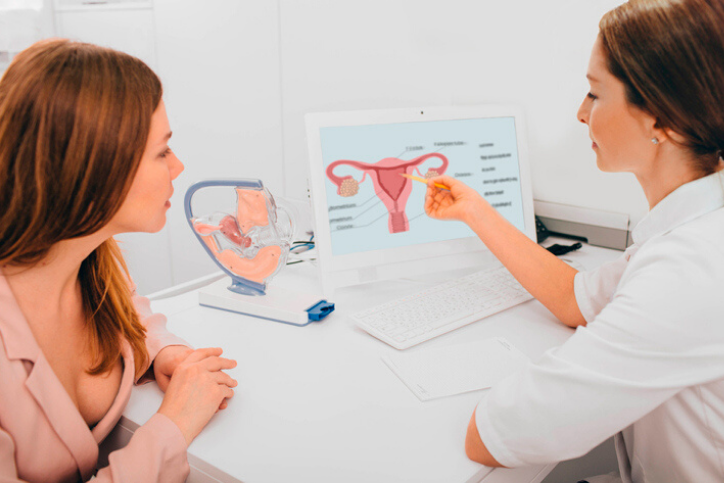What You Need to Know About Ovarian Cysts
Ovaries are a part of the women’s reproductive organs, so they play a huge role in having a baby and monthly menstruation. Yet, most of the time women don’t actively think about their ovaries if it’s not that time of the month or if they’re not trying to start a family.
However, for most women, ovarian cysts are extremely common. In fact, there are more than 3 million cases in the US per year. The truth is, your ovaries may be outfitted with a cyst or two, and you may have no idea that these cysts are present.
Keep reading below to learn everything you need to know about ovarian cysts.
What are Ovarian Cysts?
Simply put, ovarian cysts are fluid-filled sacs that form in the ovaries. They tend to develop around the time a female starts menstruation, and they can change in size throughout the reproductive years of a female’s life.
There are multiple reasons why cysts develop. Hormonal problems, pregnancy, severe pelvic infections, and endometriosis are all common reasons for these to appear. They’re usually discovered through ultrasounds, hormone level tests, or blood tests.
Symptoms of Ovarian Cysts
The good news is that most ovarian cysts are small and don’t cause any symptoms. However, if a woman were to have symptoms, they would experience:
- Pressure
- Pelvic Pain
- A dull ache in the lower back and thighs
- Pain during sex
- Pain during periods
- Swelling
- Bloating
- Pain in the lower abdomen
- Breast tenderness
- Needing to urinate more often or not being able to have bladder or bowel movements correctly
- Unusual vaginal bleeding
- Unexplained weight gain
There are two cases where a woman with an ovarian cyst would experience extreme pain, such as when the cyst ruptures or when it causes the ovary to twist. If this occurs, sudden and severe pain, nausea, and vomiting might occur.
Different Types of Cysts
Because cysts on the ovaries can develop due to different reasons, cysts are varied in type. The most common type is called functional cysts, and these appear during the menstrual cycle. However, two other common types are follicle cysts, when follicles from an egg don’t break open and continue to grow, or corpus luteum cysts, when the follicle does break open but the sac that is formed during this process doesn’t shrink.
There are several less common ovarian cysts. Endometriomas cysts are caused by endometriomas, when the lining of the uterus grows outside of the uterus. Dermoids are created by the cells present from birth, and cystadenomas are cysts that are filled with watery fluid and can grow to be very large.
Two serious types are cysts are polycystic ovary syndrome and malignant cysts. The first is when many small cysts form in your ovaries and cause issues with getting pregnant. The latter are cancerous cysts and are very rare, usually occurring in older women.
Because there is the possibility the ovarian cyst could be cancerous, your doctor should check out any cyst you may have to make sure you’re in the clear.
Treatments for Cysts
There are a few treatments to choose from if your ovarian cysts are causing pain or concern. Supportive care and monitoring for changes or improvement are usually the first steps. However, medications are also an answer. It is rare, but some women can have problems with ovarian cysts to a point that the cyst has to be surgically removed.
In most cases, the cysts will go away on their own with time, but if you have any problems with a suspected cyst, it is best to talk to a doctor.
Even though ovarian cysts sound like a scary thing, these growths usually pose no threat. Reach out to us at Avant Gynecology for more information about this condition if you have any more questions or concerns.



